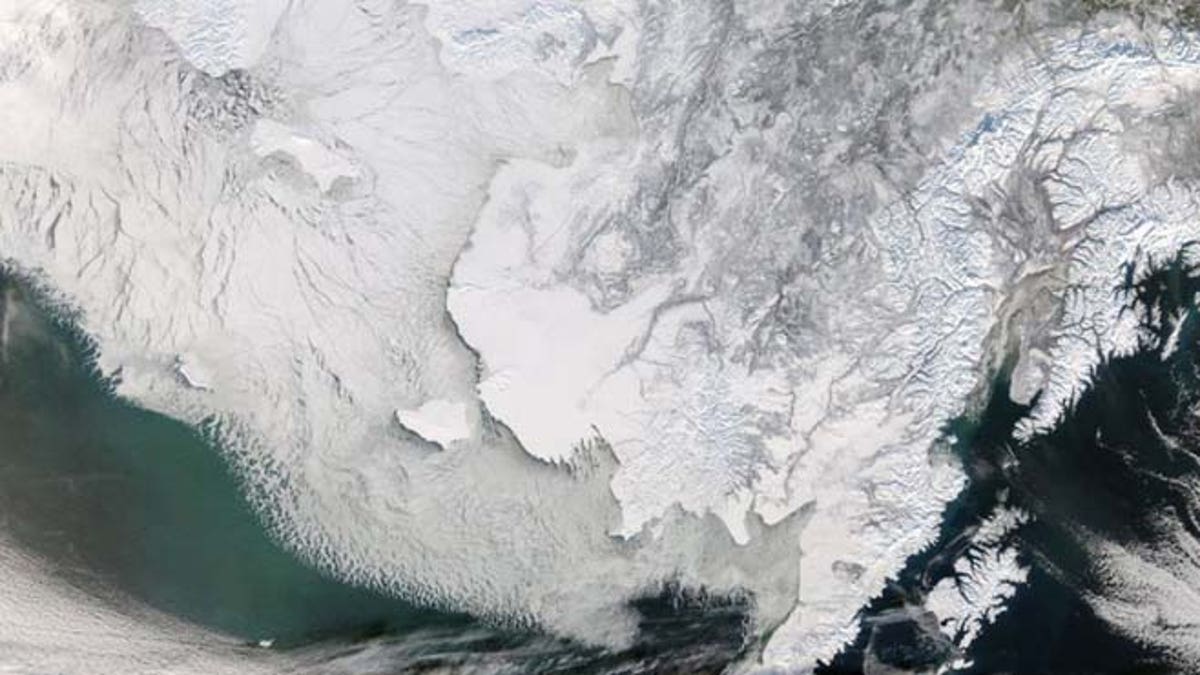
Canadian researchers discovered plants that grew in areas now covered by glaciers can now grow again. (NASA)
Canadian researchers have found that plants can come back to life, despite having been buried under ice for centuries, reports the Agence France-Presse.
Catherine La Farge, a University of Alberta researcher, had collected what was believed to be dead mosses, or bryophytes, from a retreating glacier off of the Ellesmere Island, located off the northwest coast of Greenland.
Carbon dating would help determine that the plants had been approximately 400 years old and had frozen sometime in the period of the Little Ice Age, which occurred between 155 and 1850.
La Farge later revived the plants in a lab, disproving the assumption that all plants that grew in areas now covered by glaciers can never grow again.
After grinding up the plant material and planting them in soil, seven out of the 24 samples planted showed growth within weeks. Her findings were published in the latest issue of the journal of the Proceedings of the National Academy of Sciences.
"We know that bryophytes can remain dormant for many years (for example, in deserts) and then are reactivated, but nobody expected them to rejuvenate after nearly 400 years beneath a glacier," La Farge said in a statement to the AFP.
Evolving from sea algae, moss has been around for 400 million years.
Mosses reproduce by cloning their cells, unlike other plants, La Farge told the AFP. "Any bryophyte cell can reprogram itself to initiate the development of an entire new plant. This is equivalent to stem cells in faunal systems."
